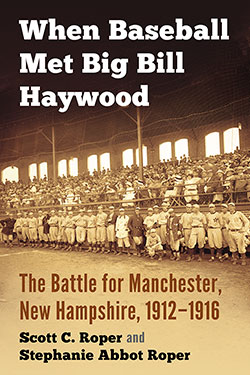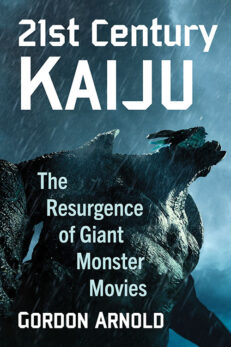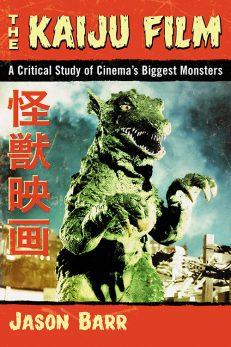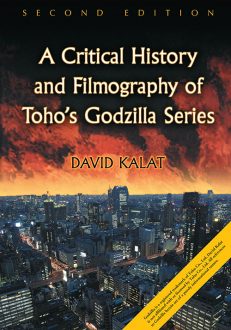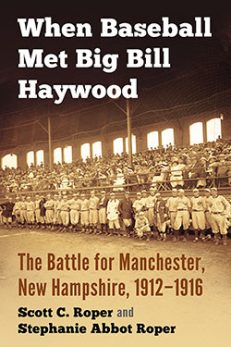When Baseball Met Big Bill Haywood
The Battle for Manchester, New Hampshire, 1912–1916
$29.95
In stock
About the Book
In the early 20th century, immigration, labor unrest, social reforms and government regulations threatened the power of the country’s largest employers. The Amoskeag Manufacturing Company of Manchester, New Hampshire, remained successful by controlling its workforce, the local media, and local and state government. When a 1912 strike in nearby Lawrence, Massachusetts, threatened to bring the Industrial Workers of the World union to Manchester, the company sought to reassert its influence. Amoskeag worked to promote company pride and to Americanize its many foreign-born workers through benevolence programs, including a baseball club. Textile Field, the most advanced stadium in New England outside of Boston when it was built in 1913, was the centerpiece of this effort. Results were mixed—the company found itself at odds with social movements and new media outlets, and Textile Field became a magnet for conflict with all of professional baseball.
About the Author(s)
Bibliographic Details
Scott C. Roper and Stephanie Abbot Roper
Format: softcover (6 x 9)
Pages: 252
Bibliographic Info: 23 photos, 1 map, notes, bibliography, index
Copyright Date: 2018
pISBN: 978-1-4766-6546-7
eISBN: 978-1-4766-3091-5
Imprint: McFarland
Table of Contents
Acknowledgments vii
Preface: Why Textile Field? 1
Introduction: The Amoskeag Manufacturing Company in an Age of Reform 9
1. A City on Edge 19
2. The Fight for Free Speech 27
3. Finding a Voice 37
4. Baseball Season at Last 48
5. The World Series and a “Last-Ditch Bogey Man” 59
6. Minor Leagues 65
7. Problems of Government 77
8. Textile Field 88
9. The Rise of the Eighth Ward 99
10. Manchester and the Red Sox 110
11. “Textile Field hath been Assailed!” 121
12. Amoskeag’s Local Challenges 133
13. Rally Around the Flag 141
14. The End of Big Games 154
15. Amoskeag and the Federal League 167
16. Frank Knox’s Manchester 178
17. The Demise of the Textiles 188
Epilogue: The Great Strike of 1922 199
Conclusion: Textile Field and the Progressive Movement in Manchester 209
Chapter Notes 215
Bibliography 232
Index 237
Book Reviews & Awards
“An absorbing narrative of how baseball was used as an Americanization technique not only to forestall the threat of immigrant workers forming a labor union in the largest cotton textile mill in the world, but also to defend its dominant influence on public affairs in Manchester, New Hampshire. The authors have an engaging style, which effectively mixes scholarly research with clear prose to develop the narrative.”—Charlie Bevis, author of Red Sox vs. Braves in Boston; “When Baseball Met Big Bill Haywood should be of great interest both to labor historians and baseball historians, particularly those who enjoy the history of New England.”—Krister Swanson, author of Baseball’s Power Shift: How the Players Union, the Fans, and the Media Changed American Sports Culture.

